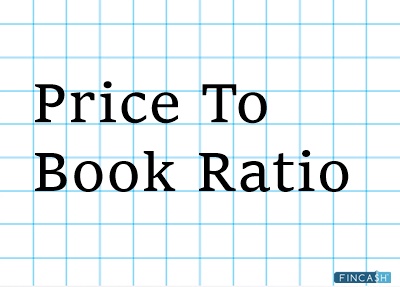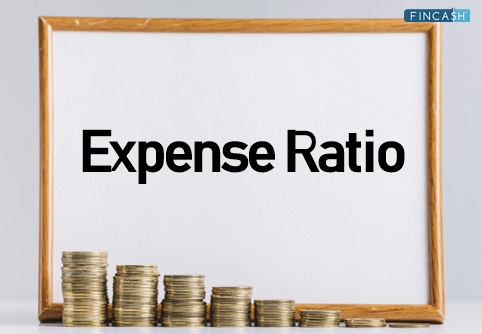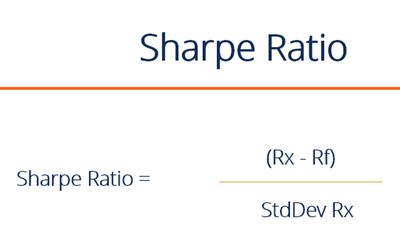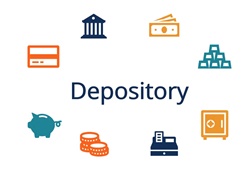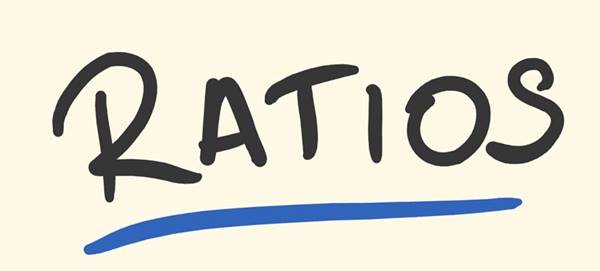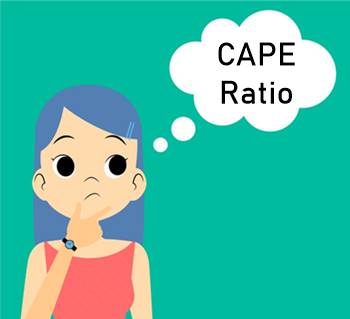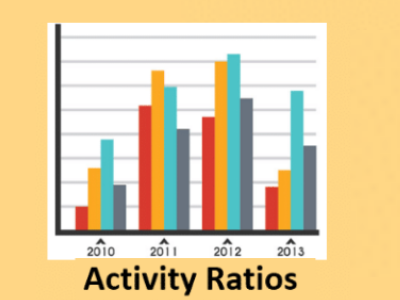
Table of Contents
Defining Qualification Ratio
The qualification ratio helps measure the creditworthiness of a borrower. It assists lenders in deciding whether the credit should be extended or not. The qualification ratio is generally used in the underwriting process and calculates the likeliness of the borrower to repay the loan.

Normally, lenders use one of two qualification ratios in the underwriting process. The first one is the monthly Debt-to-Income Ratio (DTI), and the second is the Back-End Ratio that helps calculate the monthly debt payment to income. Moreover, qualification ratios also help comprehend the terms of credit application, including the interest rate and repayment terms.
In-depth Understanding of Qualification Ratios
The consumer credit applications offer lenders a window into the financial and personal situation of the applicant. Consumers have to give information, like finances, address, and name on the application. This information also comprises debt, income and employment information. Basically, lenders use this data in the underwriting process to comprehend whether the credit application should be approved or not. Here, the housing expenses of a borrower should not be more than 28% of their monthly gross income. These expenses include:
The other qualification ratio, which is the DTI of the borrower, has debt along with housing expenses. And this should not be more than 36% of the monthly gross income. If the ratio is higher, it will indicate more risk of Default. However, some lenders might accept high ratios in exchange for specific factors, like:
- Favourable credit scores
- Sizable savings
- Significant down payments
For instance, a lender might provide a mortgage to the borrower with a high ratio if they manage to pay half as a down payment.
Talk to our investment specialist
Qualification Ratio Exceptions
Keep in mind that these ratios aren’t rigid. For instance, amazing credit history can mitigate a poor ratio. Additionally, some borrowers who don’t meet the set qualifying ratios can take advantage of certain mortgage programs provided by a few banks. With an added risk of default leads to higher interest rates.
Qualification Ratios and Credit Card Debt
Credit Card Debt is also counted toward the back-end ratio. However, all of this is more complex. Lenders can apply for a minimum payment on their credit card balance and Call it a monthly debt. But, this system is not fair to the users who paid off the balance in full each month and used credit cards only for reward points and convenience. Now, most lenders consider the total revolving balance of borrowers and apply merely 5% of the total as the monthly debt. Suppose you have Rs. 10,000 in credit card debt. In such a situation, the Bank will tack Rs. 500 in monthly debt to the back-end ratio.
Qualification Ratio Example
Let’s consider a hypothetical situation to know how the qualification ratio works. Let’s assume you and your partner have a combined salary of Rs. 9,60,000 monthly. The gross income of your family would be Rs. 80,000 a month. Now, multiple Rs. 80,000 by the 28% benchmark needed by lenders and you will get the minimum housing expenditure that you can afford, which is known as the front-end ratio by lenders.
In this situation, your family will be eligible for a loan in case the total monthly housing expenses don’t go above Rs. 22400. Keep in mind that this expense figure comprises the following:
- Property tax
- Private Mortgage Insurance (PMI)
- Homeowner’s Insurance
- Additional charges
Now, using the same example, let’s consider the back-end ratio. In this situation, take Rs. 80,000 monthly income and multiple the same by the minimum benchmark of 26%. This will be your debt-to-income ratio. And then deduct monthly debt payments from the amount. You will get a final back-end ratio figure.
Wrapping Up
When taking a loan, the qualification ratio turns out to be a vital indicator. It helps lenders comprehend whether you will be a worthy borrower or not. Thus, make sure you evaluate the qualification ratio and correct it before you apply for a loan to get maximum success.
All efforts have been made to ensure the information provided here is accurate. However, no guarantees are made regarding correctness of data. Please verify with scheme information document before making any investment.
